Pu'er Culture and National Heritage in Costumes of Lahu and Wa People
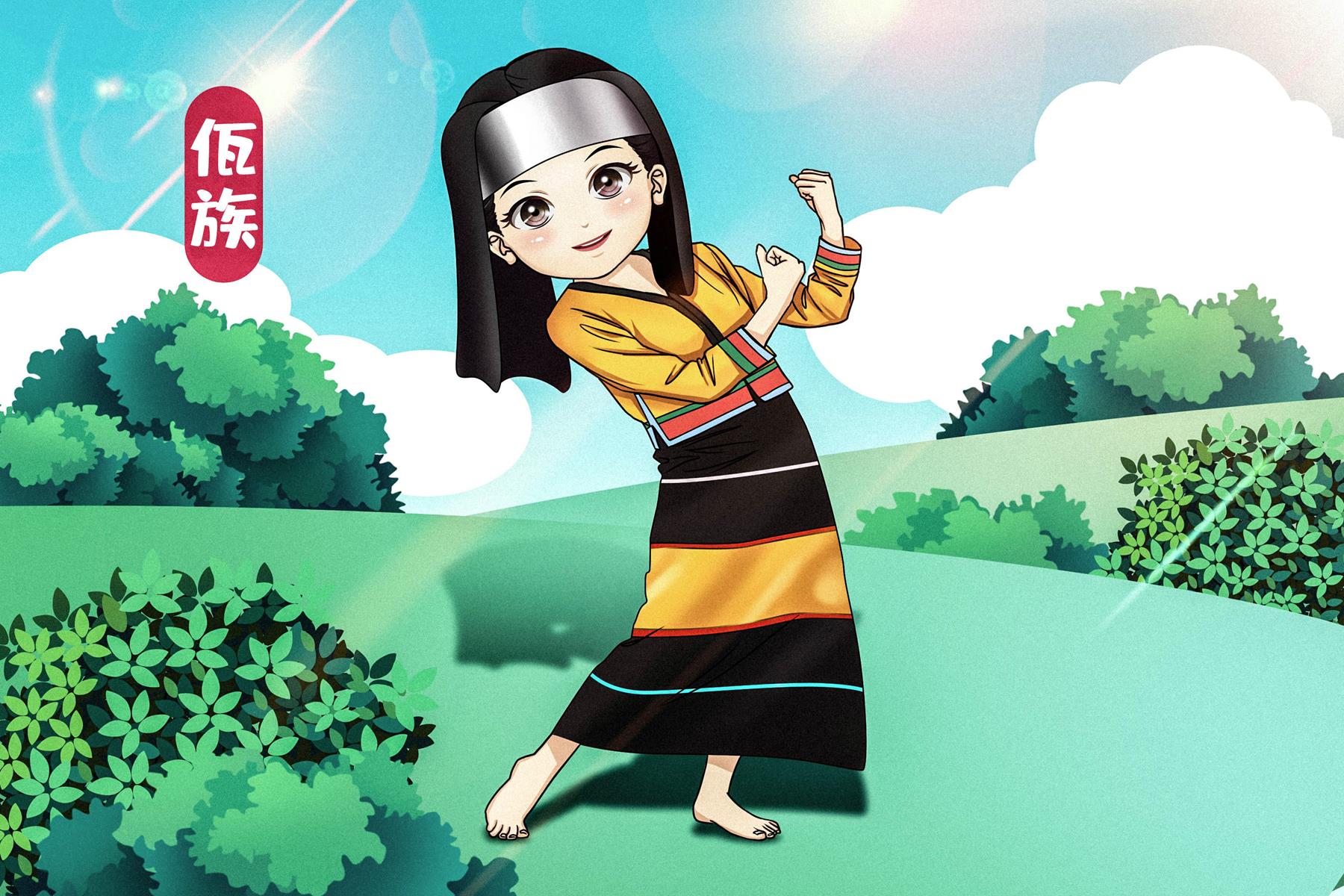
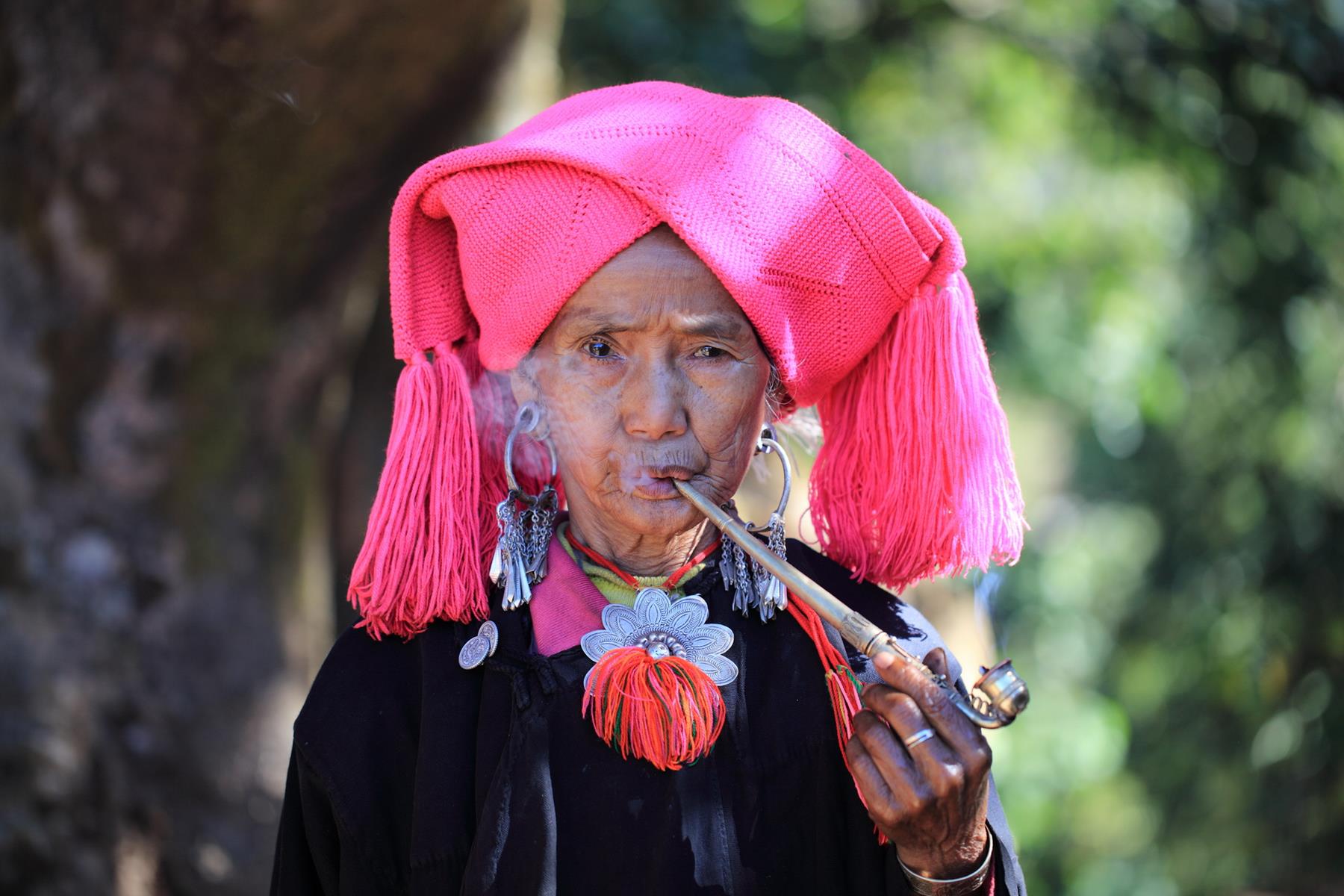
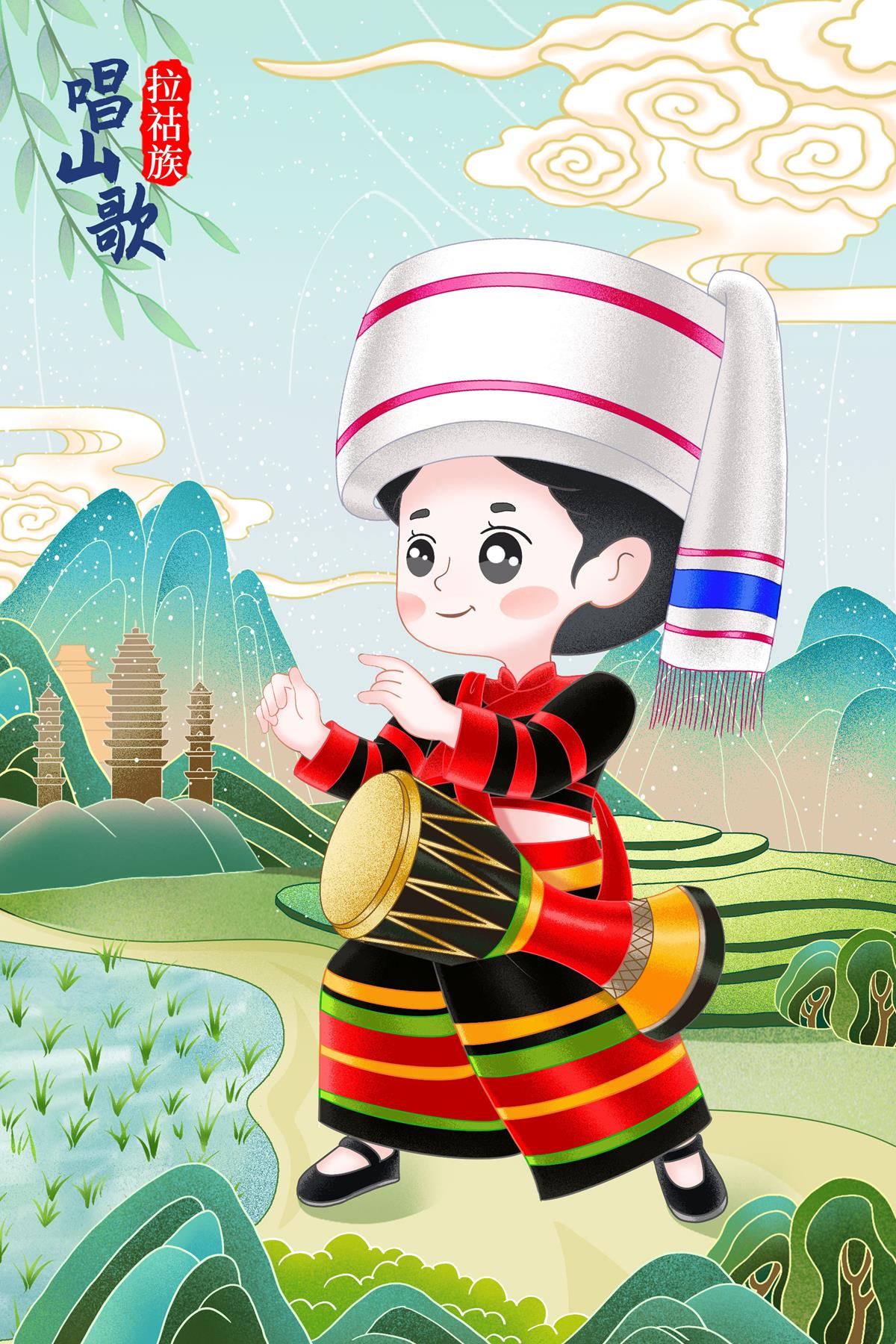
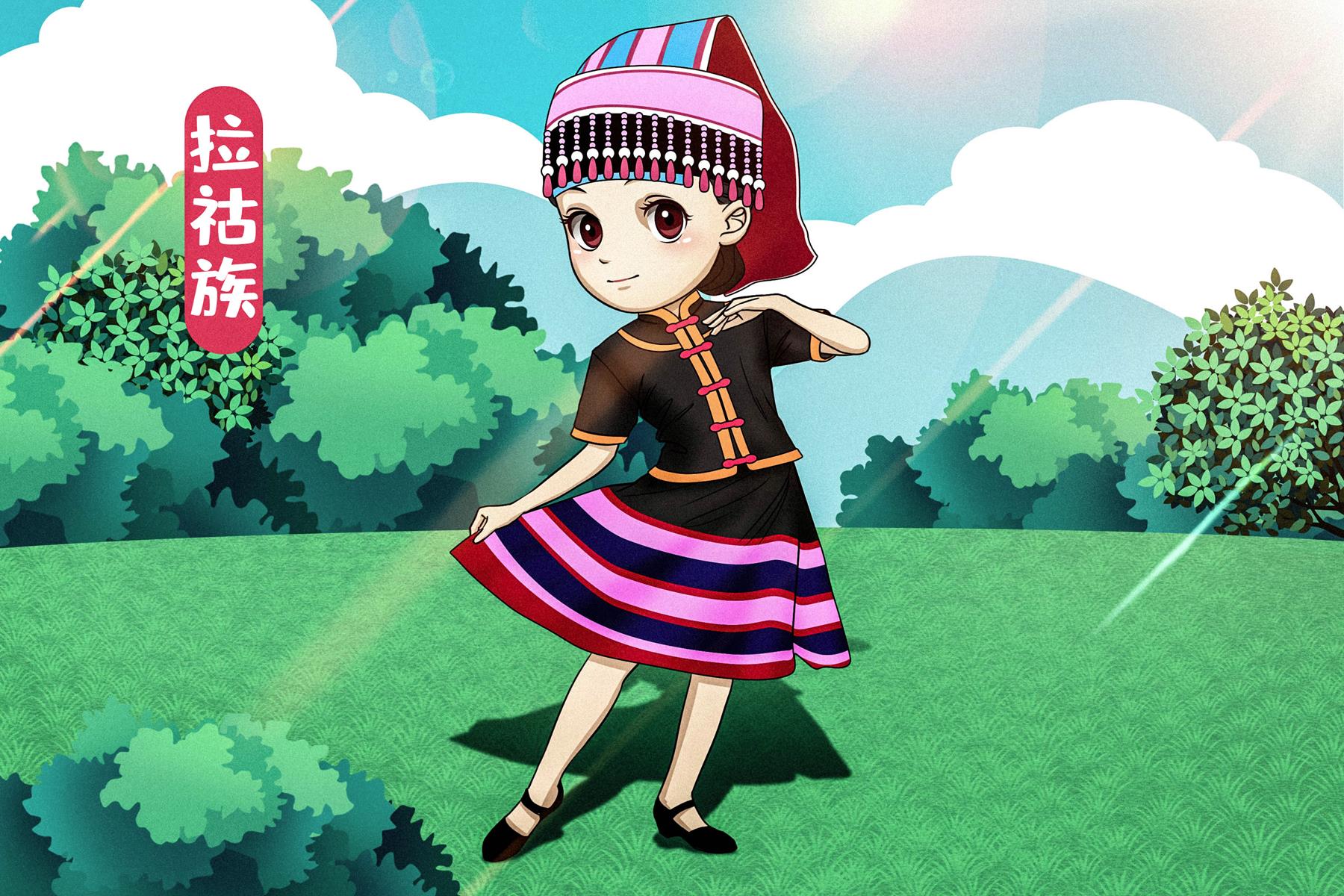
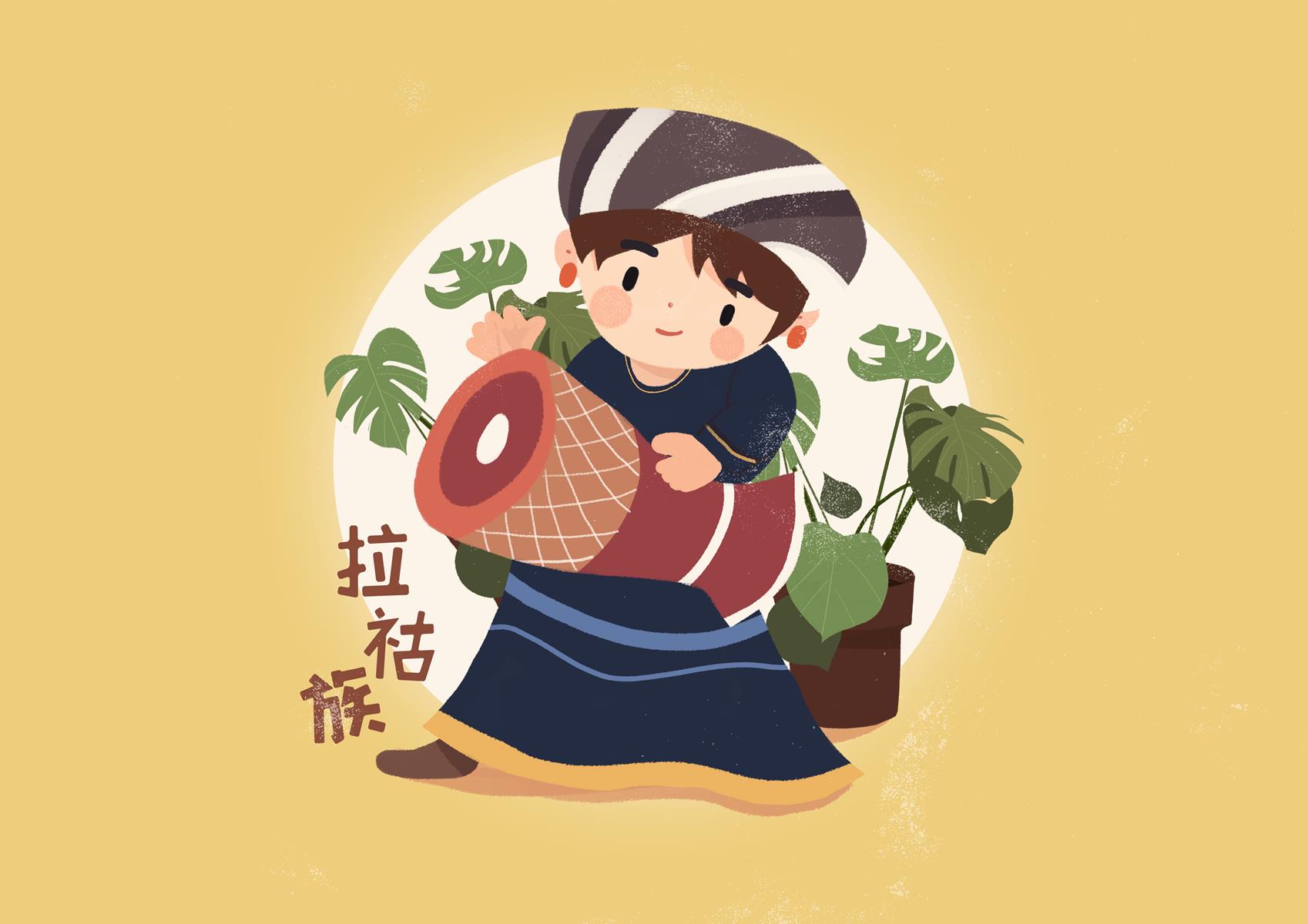
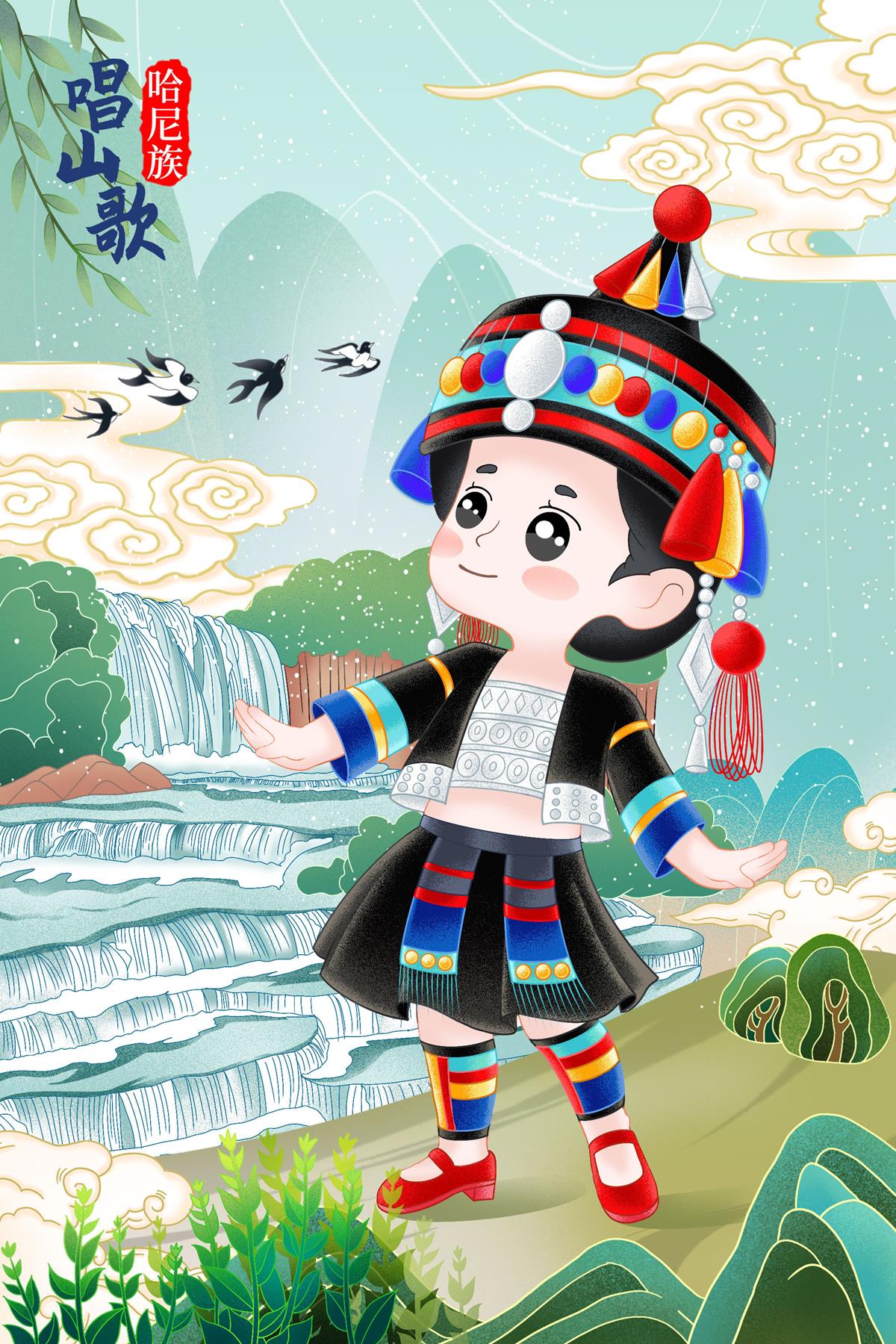
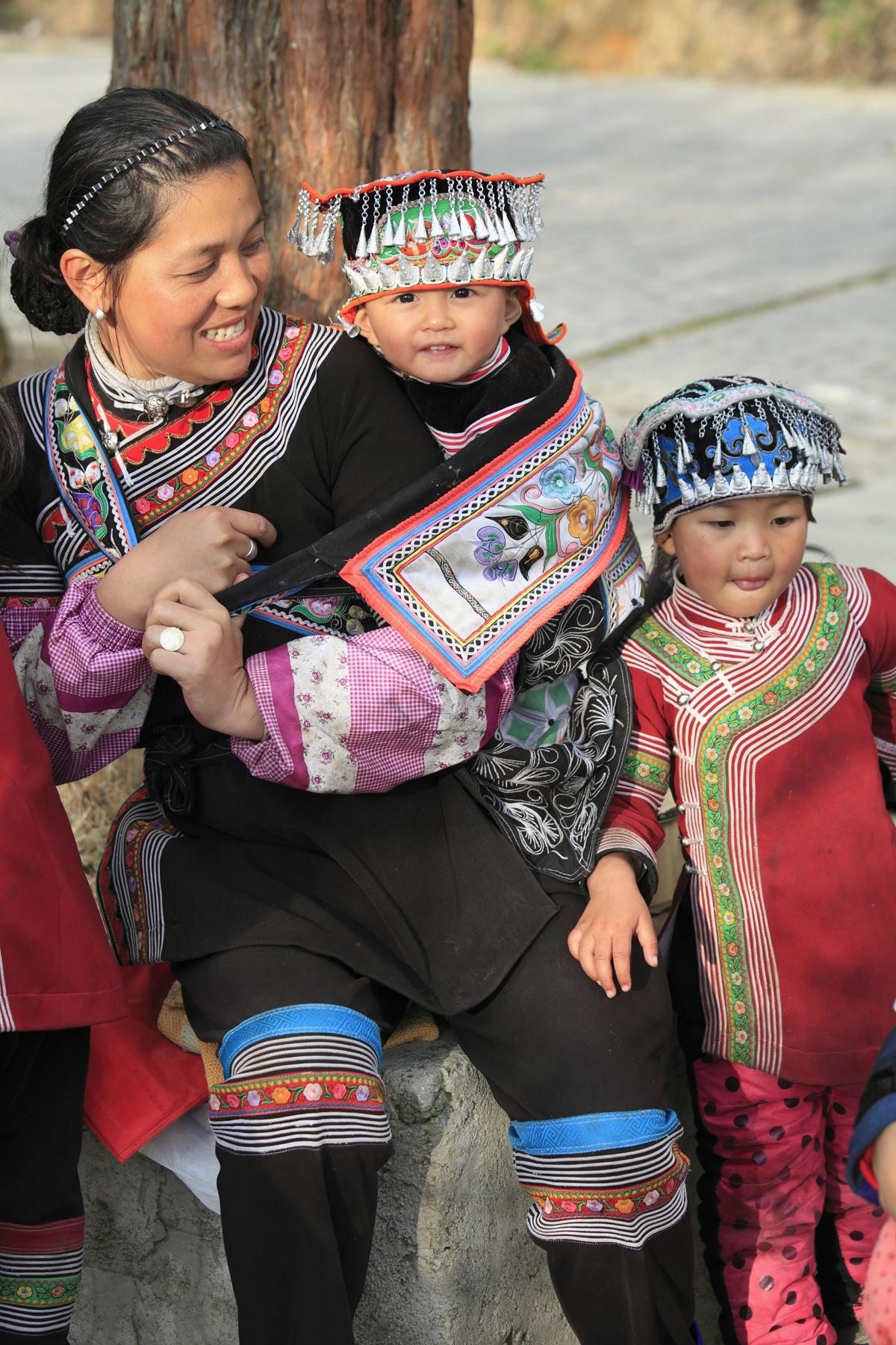
National Costumes and Culture of Lahu People in Lancang
Lahu men wear light-coloured robes and trousers, with sabers on the waist tied by a waistband, cloth shoes and headbands. Both sides of the robes have high slits and the headbands intertwine coloured cloth strips in white, red and black.
Lahu women's garments display the characteristics of female clothing on the Qinghai-Tibet Plateau. They wear black cloth gowns, with open and high slits on both sides down to the knees, with collars. They prefer to decorate their cuffs and lapels with red or white laces to look beautiful and bright.
Black clothes are quite typical amongst Lahu people's garments. Most of these are made with cloth and trimmed with various lace patterns, boasting coloured lines, then embedded with white silver bubbles, enabling the whole colour to form a dark but sharp contrast.
The Lahu people still love to wear traditional costumes and ethnic clothing
Aini Folk Costumes and Aini Culture of Menglian
Aini men wear black clothes, with double front openings, and they are not embroidered with floral patterns. Younger men wear caps.
Aini women, on the other land, wear ox bones and chafer-shaped decorations to show that young men have a crush on them. It’s all symbolic, as developing ox bones into beautiful ornaments is a delicate process. When young men want to get the attention of women they send these kinds of gifts. Aini women also wear these ornaments to show they are married.
The Wa Folk Costumes and Wa Culture of Ximeng
The Wa people worship red and black, and most of their costumes are decorated with these colours, basically retaining ancient mountainous ethnic characteristics.
Wa women's decorations are unique, and they love wearing big ear-piercings, wide bracelets and fine rattan rings, to mark the naïve yet generous characters of their community.
Men’s clothes, however, are not so stunning, apart for black headbands. Men in general love tattoos. Most of them are tattooed with ox heads on their chests, birds on their wrist, and forest and hills on their legs. While going out, they usually carry cloth bags, containing items such as knives. Presenting a sense of majesty and sturdiness.
Female attire is different. The most distinct element is that women wear three-centimetre-wide silver hoops, they keep their hair long and have blue-green collarless clothing.
They also wear patterned barrel skirts, a wide red cloth belt and dozens of fine rattan rings.
The tops of the Wa women are short and tight-fitting, sleeveless, in the shape of a "V" with two armholes and the front openings are stitched with threads, and matched with pattern-waved short skirts, revealing the charm of modern fashion.
Ancient costumes shared by all the Wa people show that men wrap blue and red cloth on their heads, dress in short tops and in short and loose trousers. The Wa people are also used to tattooing, and they normally tattoo icons including the sun, the moon, lizard, and ox head on their chests, shoulders, arms, backs and other areas.
Dazzling Pu'er minority clothing is considered a national heritage, passing down from generation to generation, reflecting ethnic culture and history.













